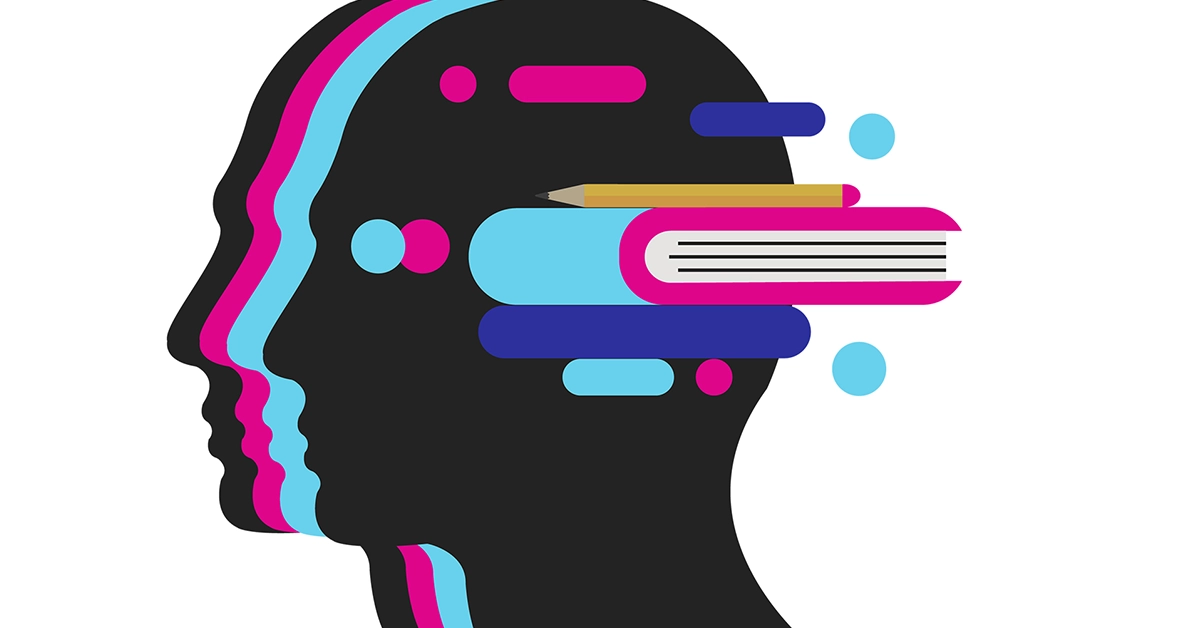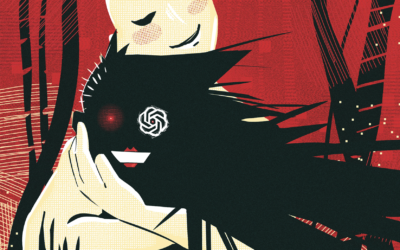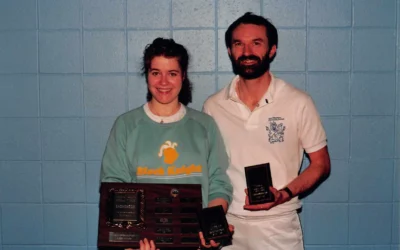Some say a bachelor’s degree has become the next high school diploma. The majority of positions, even entry level ones, in a variety of industries require an undergraduate degree in a related field. The fast-paced times in which we exist have also forced a common need across the majority of these industries: innovation and creative problem solving. Which begs the question: what should students be getting out of their undergraduate degrees? In simpler days, the main goal of a university was to impart necessary knowledge. Now, however, this is not enough. Students come out of university with hundreds, if not thousands of other people in their graduating class, each vying for the same entry level positions. The demands of the working world are changing, and that means that the way workforces are educated has to change as well.
According to Jason Symington, a communications professor at MacEwan University, this process begins as early as high school. He explains, “the student’s responsibility to focus on pushing, and innovating, and being creative, and developing that, is paramount. But, I don’t think that most students come to university thinking that that is what they have to do because they’re not trained that in high school.”
Throughout their academic careers, most students are taught the most efficient ways to turn out assignments that will get them the marks that they need to move on or receive scholarships. This type of education does not often include a focus on creativity or innovation, and also does not often result in concrete, crystallized intelligence and learning. Symington says that this is part of the reason that he does not use rubrics in his classes.
“I have a big problem with rubrics because when I have written them, typically students have just looked at them and said ‘Oh this is what (he) wants,’ and I get a myriad of the exact sameness.”
“When I’m teaching, typically I give the most vague description of what I want because I want to see you go and do (something original), and I want to see what solutions you will have to solve that problem, as opposed to me giving you the rubric and the solution to that problem,” he elaborates.
In his 2012 article for English Drama Media, “The Creativity of Re-creativity,” London Metropolis University course leader Andrew McCallum pieces together studies on higher level learning techniques, and how the very structure of learning assignments can help or hinder students’ understanding of course content. He describes methods outlined in Fiona English’s 2011 book Student Writing and Genre: Reconfiguring Academic Knowledge in which students were asked to take a critical essay they had written and rewrite it as a product of their favourite genre.
McCallum reports, “In interviewing students and analysing the differences between their original essays and their re-genred work, she highlights how the traditional essay form, while having its uses, can limit possible responses.”
“Students worry and obsess about how they have to write rather than focusing on what knowledge they can demonstrate. When they are in charge of the form in which they display their knowledge, they suddenly have much more control of their material, finding it easier to cast themselves in the role of the expert, relating ideas more directly to the immediacy of their own lives and focusing more on the content of their answer,” he continues.
McCallum also highlights the work of Marjorie Perloff and what she refers to as ‘unoriginal genius’ — meaning the “mastery of information and its dissemination.” Perloff’s theory, published in her 2012 book Unoriginal Genius: Poetry by Other Means in the New Century, “acknowledges the value of being able to sift through masses of information and make sense of it — re-create it, re-purpose it, re-package it or re-frame it — in a way that makes it one’s own and demonstrates understanding and control.”
These studies illuminate an important fact: knowledge acquisition and innovative or creative approaches are not in opposition with each other. Moreover, the opposite appears to be true. By allowing students more freedom over the structure and form of their work, instructors not only encourage innovation and creativity, but also ensure a more in-depth understanding of course content.
Symington also laments the structure of undergraduate studies courses.
“In undergraduate, I think that a lot of times courses are taught so that you understand what material has to be known for you to go forth … I think when you put (those strict assignment formats) on a student and they are not confident enough to challenge that structure, they can see it as just ‘okay, do the task.’”
His response is to “try and build expectation. I try and build confidence. I try and let students know that it’s okay to try and to do something, and to push their boundaries. Because if all they are doing is trying to live up to the lowest common denominator, how is that a benefit for me to teach them or for them to learn from that?”
“Failing is just a learning lesson.”
— Jason Symington
Symington describes his personal pedagogy as teaching the foundation and techniques, followed by a “go get ‘em.” He believes it is vital to give his students the tools, and then remain unwavering in his high expectations. Symington is also surprised by how many students ask him for rubrics, or seem unsure of how to handle the room that his assignments give them to be creative.
“It’s a tightrope to walk because some students excel, and are like ‘you’ve given me the freedom to be,’ and they might not do the most brilliant work but they’ve pushed beyond what they would have … The students that have done well in my classes are typically really excited about what they have learned, and students that haven’t just don’t want to see me again.”
He realizes, “the institution isn’t setup for creativity. It isn’t there to develop most people into the great thinkers of our time — regurgitators yes — but again, that’s the difference between an undergraduate and a graduate degree.”
“It’s a strange space. It’s a strange and difficult space I would say. In that, what is expected of you as students does not always reflect how the courses are structured… the university as a learning environment is transitioning, and it’s not going to fully recognize where it has to be for some more time,” says Symington.
Here at MacEwan, one resource that aims to encourage positive change in pedagogy is the Centre for the Advancement of Faculty Excellence. CAFÉ, as it is affectionately called, aims to enhance “the educational experience for both faculty and students,” by means of “providing leadership and assistance” in five areas. These areas, as stated on their MacEwan webpage, are:
- “Inspiring and facilitating innovation in teaching and scholarly activities
- Coordinating the faculty evaluation system as a means of maintaining professional standards and supporting the ongoing development of faculty
- Linking technology use with curriculum goals and pedagogical models
- Encouraging, facilitating and highlighting faculty involvement in scholarly activity
- Supporting faculty efforts in curriculum development and design through a process of renewal and evaluation”
CAFÉ’s commitment to innovation and excellence in teaching and scholarly activity is largely focused on faculty. However, as Symington explains, the obligation of encouraging innovation does not rest solely on the shoulders of professors.
He says, “every professor is going to bring the material to the classes a different way,”
Symington also realizes, “It’s both sides of the equation, students have to want to be that, to be creative and to be innovative and to break through the monotony. But, it’s also the role and the responsibility of the professors to say ‘okay, how do I inspire? How do I actually get that fire lit and motivate students to go past that?’”
“Without that push, without those students who are curious about what could be, we just create a system of drones and we say ‘go and do this task.’ I don’t think anybody, at least in the department that I’m with, thinks that that’s the future for you guys,” Symington explains.
“There’s no sense creating a body of students, coming out of my classes at least, that aren’t ready to take risks, because the world is risky. It’s not going to give you a rubric, and it’s not going to say ‘here is the path you have to take.’”
Symington also encourages his students to remember that “failing is just a learning lesson.”
The world is requiring new graduates to be more creative and inventive as we emerge into the workforce, so why shouldn’t this type of thinking be taught, or at least encouraged in the courses that are supposed to prepare us? In many ways, this shift has to start with the people who are going to need these skills the most — us, the students. Through open and honest communication with our professors about our learning goals and expectations, we have the opportunity to act as a catalyst for the kinds of change we want to see in our institution and education. While there are no guarantees that this approach will work with every instructor or every course, being innovative in the way that we address our dilemmas within the system might just open the proverbial door.
Graphics by Milo Knauer.





0 Comments